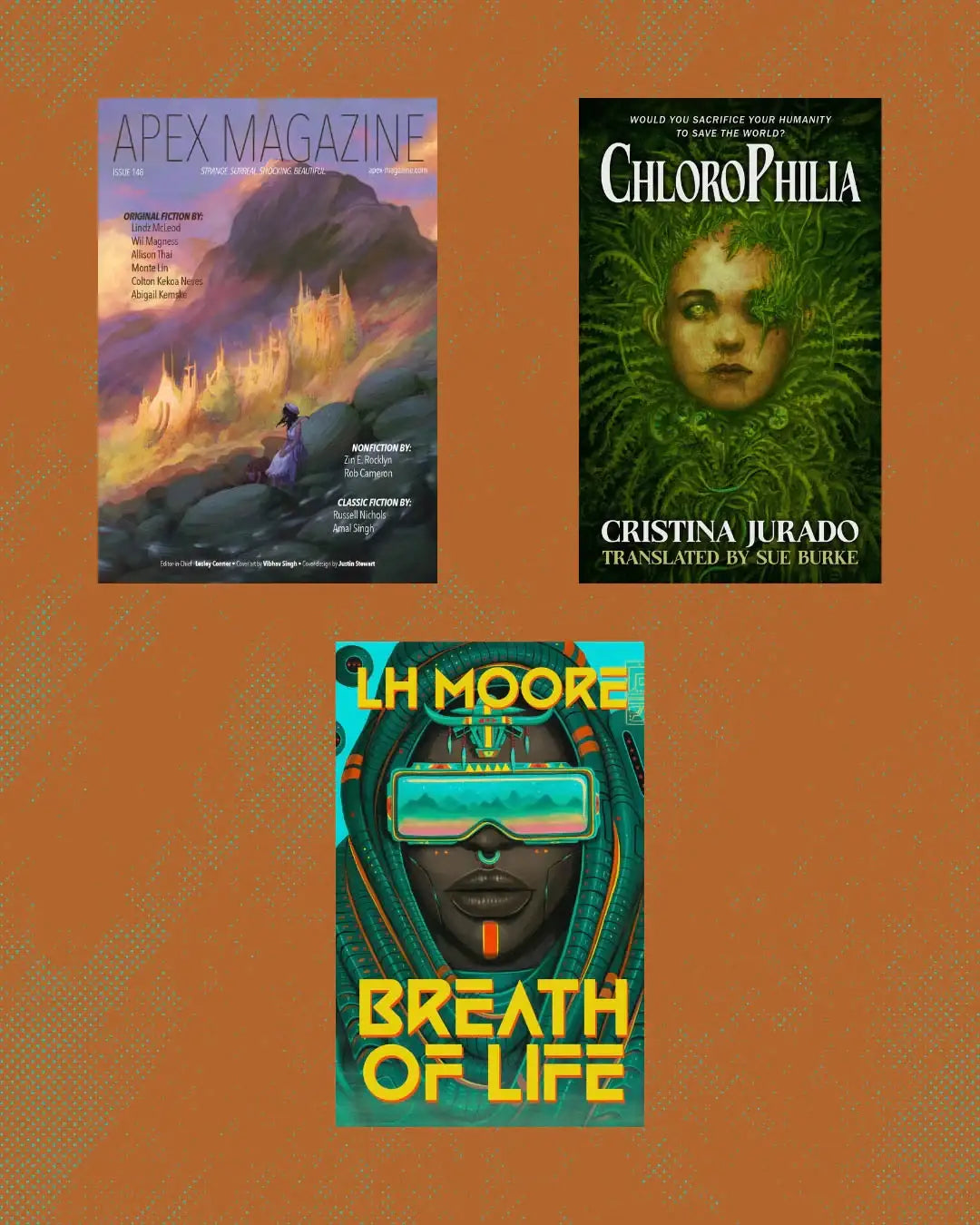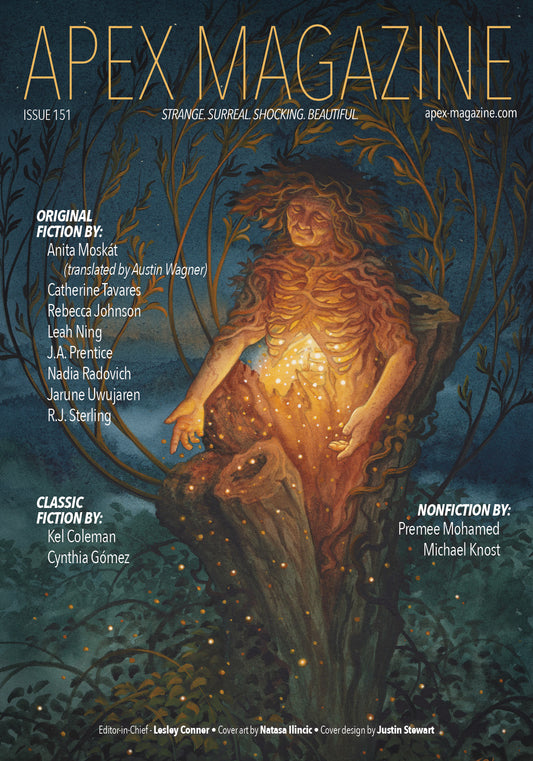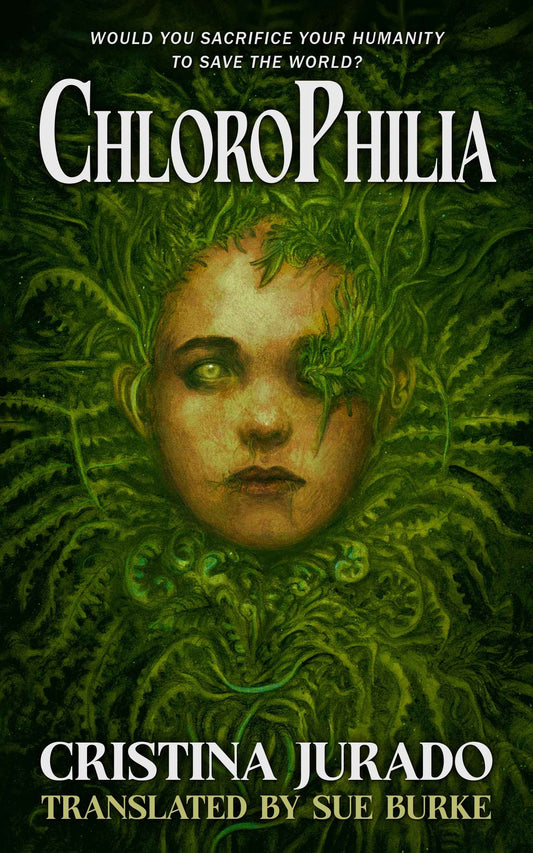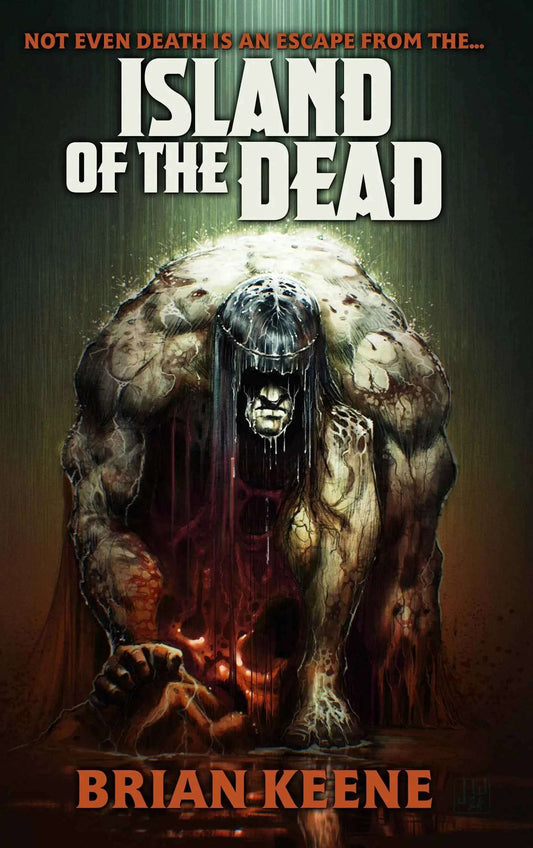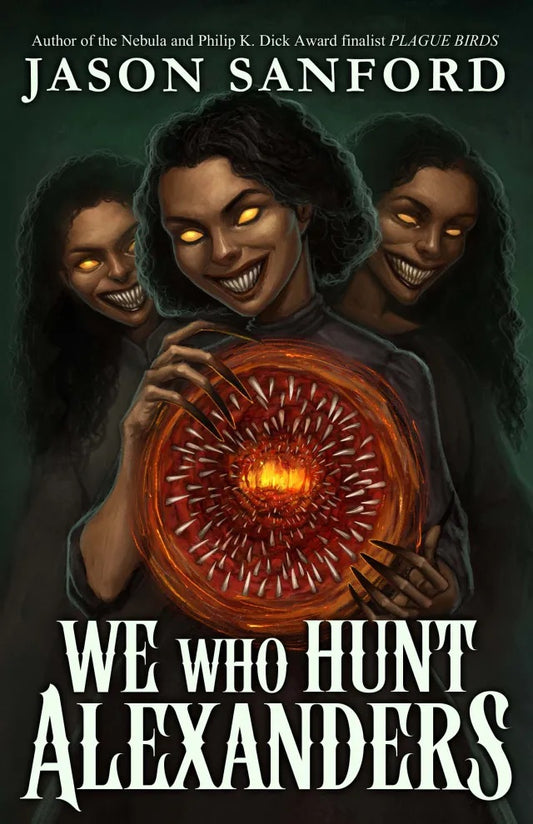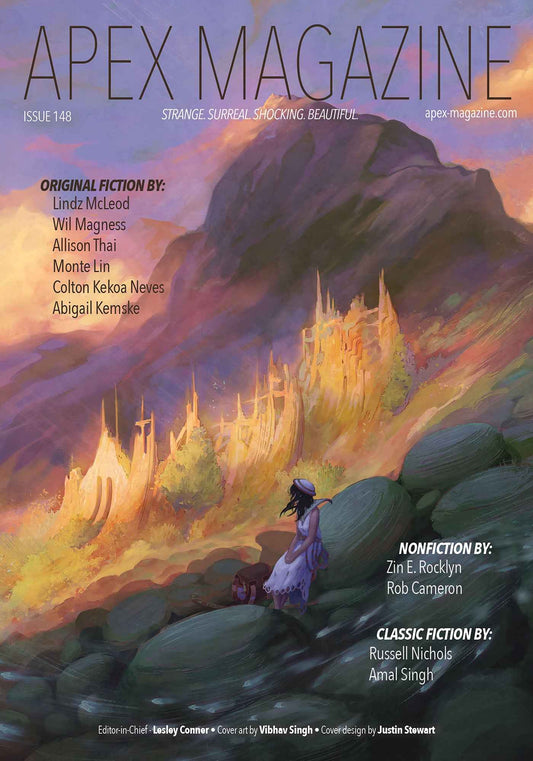
Writing to theme has always felt boring and restrictive to me as a writer. Being made to conform somehow, especially when I wasn’t a fan of the given theme, felt like it constricted my creative process. Why would I write about this thing I don’t care about when I have so many other ideas that I do care about?
Spoiler alert: you turn the theme into something you are interested in.
Fie, you say! Easier said than done!
Yeah. I know. I hate themed writing too, remember?
But it became easier after I started turning the themes into something I was excited about. This usually means you come up with a unique take – exactly what editors are looking for when it comes to themed submissions.
The first thing I do with a themed submission call is to remember that the theme doesn’t necessarily have to be the story’s actual theme. It has to be central to the story, yes, it has to be something you couldn’t just replace with something else and have it still work. But the “moral of the story”, so to speak, isn’t mermaids or werewolves or mechanical sentience. Those are the vehicles you’re using to get to the theme.
So what do you want to write about? In my work, I like to make people really sad or completely horrified or both. Usually, I have an idea for what sort of emotional impact I want to go for, or what subject matter I want to tackle, before I have a fleshed out idea for a story. Once I have an inkling for how I want to make the reader feel, I start to brainstorm.
I recommend the conventional approach. Start writing the first ideas that pop into your head. These are probably close to what popped into everyone else’s heads, too. You’ll have a couple more ideas that jump out, and usually those are okay, maybe serviceable, but not quite the good stuff. The great ideas usually don’t start coming until you have to stare into middle distance for an uncomfortable number of minutes before going “Aha! There’s one!” and slapping it down on paper. Then it’s back to staring at the wall. These ideas might arrive in the form of speculative elements: how a robot works, what kind of sea-dwelling half-human you’re using, what specific werewolf rules are you bending to nail that specific feeling you’re seeking. It might also be a twist to a familiar plot or character (maybe this time, Cinderella heaves her evil stepmother down the basement stairs and goes to seek the prince herself). Regardless of where they come from, these little twists are where the good stuff comes from: the unique takes that editors like to see in the slush pile.
At some point in the brainstorming process, an idea will just click. Some characters pop up, a story forms. That doesn’t mean you’re done, or not necessarily. When I’m brainstorming, I’ll let an idea unroll to a certain point and then stop and give it a hard squint 1. I’m looking for whether I’ve seen this story before. Is it full of clichés? Are there things I could change to make it not so cliché? What sort of ending might it be heading toward? Is it an unexpected ending? Can I change anything to make it more unexpected, more interesting?
At this point, I cannot stress enough to trust your instincts. And I don’t mean the ones that are telling you this is the best story you’ll ever write. I also don’t mean the ones telling you you’re an imposter and you have nothing to say and how dare you even consider writing. I mean the ones that have been listening to, reading, watching, playing, writing stories since you were tiny. Movies are stories, too. Video games are stories. You’re constantly taking in story, and when you are, you know when things feel wrong, even if you don’t know what they are. So if there’s a little tickle in the back of your head telling you that your ending might not be quite right, or this story might be a little too formulaic, listen and see if it might not be right. Maybe it’s not. Maybe it’ll tell you where to look to fix the story. Or maybe it’ll tell you that you need to move on to a different story idea, a different spec element, a different set of characters entirely.
Using this method – turning the theme into something that excites me – has been super useful to me. It’s allowed me to write stories that have sold to themed anthologies or, if not, sold to other markets later on. Almost as important, though, is that it’s allowed me to enjoy writing to theme. And I think that’s been a major contributing factor in helping me come up with unique takes on various themes. If you can turn a theme into something you enjoy, that’ll help give your work that burst of you it needs to stand out in a massive stack of stories based on the same prompt.
Footnotes
1. And reader, let me tell you, this squint gets easier when you’ve read slush – especially slush for themed submissions. It’s an experience I’d recommend for any writer who has the time and the energy for it.
